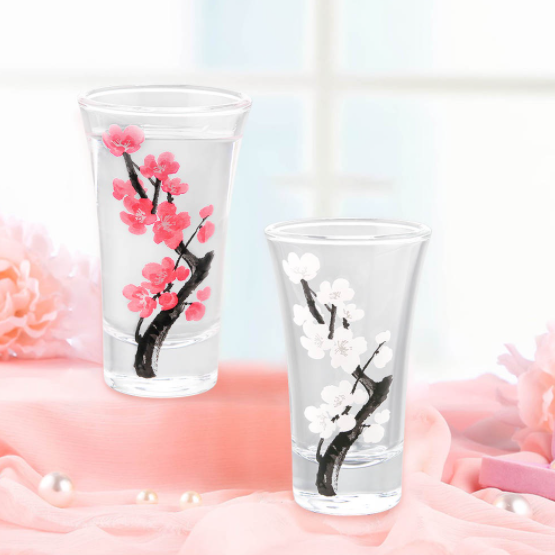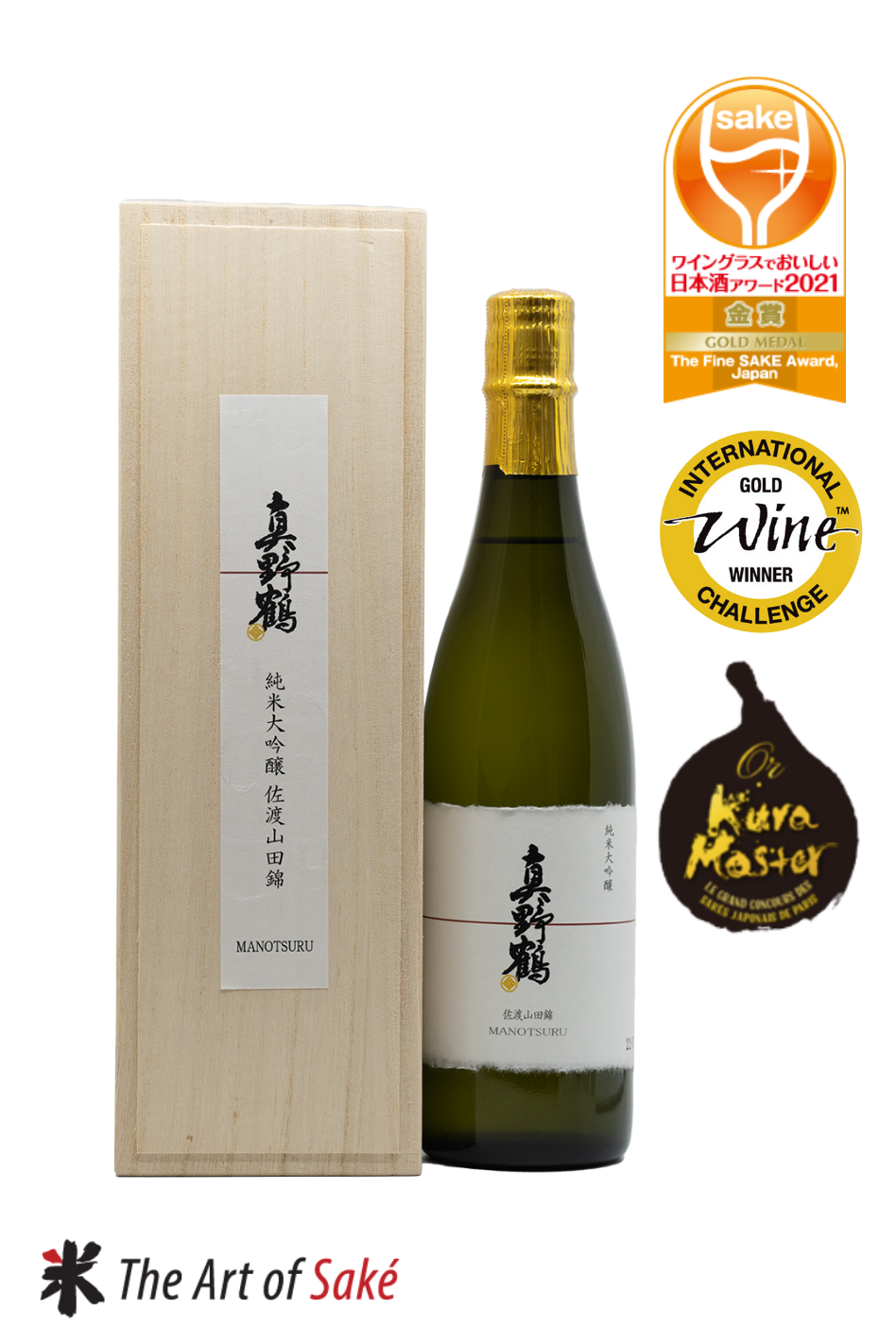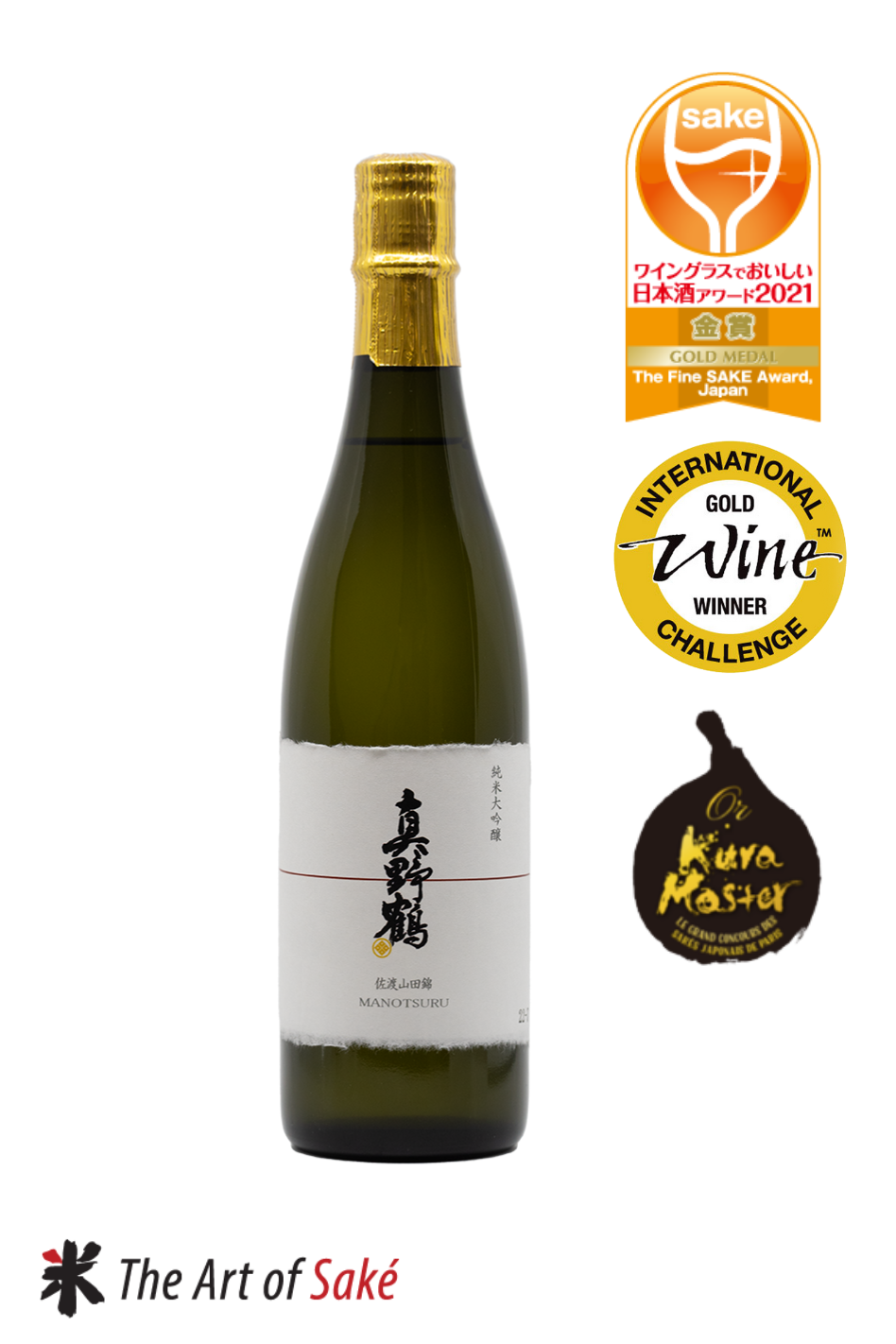Manotsuru Junmai Daiginjo Sado Yamadanishiki
Manotsuru Junmai Daiginjo Sado Yamadanishiki
1 review
Regular price$122.00
$122.00
/
- Description
- Profile
- Sake Sweetness
- Awards
Description
Made using Yamadanishiki rice grown in Sado Island. It is graceful and elegant, the nose is the bouquet of roses , orange blossom and apple. Complex sweet spice notes towards the finish.
Yamadanishiki is hard to grow up north in Japan, however, they manage to grow a small batch in Sado Island just starting a few years ago. The small batch of rice is why there is so little of this award winning sake.
Profile
| Grade | Junmai Daiginjo |
|---|---|
| Polishing Ratio | 50% |
| Rice Type | Yamadanishiki |
| Alcohol | 16.5% |
| Prefecture | Niigata |
| Brewery | Obata Shuzo |
Sake Sweetness

Awards
- Fine Sake Awards 2021 - Gold
- IWC Sake 2019 - Gold
- Kura Master 2019 - Gold
- In stock, ready to ship
- Inventory on the way





